I’m trying to repair a magnetic stirplate (see http://staff.washington.edu/wbeaty/chem_stir.html). I found that in one part of the circuit it fails to deliver 12V. I’ve draw part of the circuit below:

The bridge rectifier outputs ~43V (left part of the circuit). The zener diode is probably a BZX84-C33, which is 33V and rated at 300 mW (as I could read the marking WT6). The voltage regulator is a LM7812 with quite a heatsink on the back of the PCB capable of delivering 500 mA at 12 V output (Vo), with a maximum input of 35V (Vi).
The problem is that I cannot read the etched markings on the dropping resistor (R1) anymore, with a multimeter it currently gives 20k Ohm, which seems not to fit (it looks a bit burned, so it could be part of why the circuit is not working, I'm also replacing the Zener and the LM78).
I calculated 1.1 kOhm for R1 and wanted to understand whether this is correct? $$ I_{max, Zener D1} = \frac{P_{max, ZenerD1}}{Vz} = \frac{0.30 [W]}{33 [V]} = 9.1 [mA] $$ $$ R_{min,R1} = \frac{Vsource-Vz}{I_{max, Zener D1}} = \frac{43[V]-33[V]}{9.1[mA]} = 1.1 [k\Omega ] $$
edit1: I’ve added an annotated photo of the board front and back showing the place of R1, which seems to be a 1206 package type. On the back you can see the ‘heatsink’ of the LM78 (which is shared by another voltage regulator). The D1 and C2 are soldered off and I replaced C3.
Edit2: From the answers I realised, I interpreted the Zener diode wrong as regulator instead of protection of over voltage.
I also understand from @glen_geek the R1 needs to be chosen such that the Vin on the LM78 is > 14V but also lower than <35V (max rating). And this depends on the load behind the LM78. So I calculated for various current through the LM78, at a set of given R1 (RSeries) from 20 to 140 Ohm what the Vin on the LM78 would be.
 In green it shows the acceptable bounds 14<Vin<35 [V].
In green it shows the acceptable bounds 14<Vin<35 [V].
Regarding the load behind the LM78. I haven’t followed all the traces, but it seems to be powering 4 small ICs and the ability to power an external temperature probe (but a 1K ohm is in series, so max 12 mA from that part).

